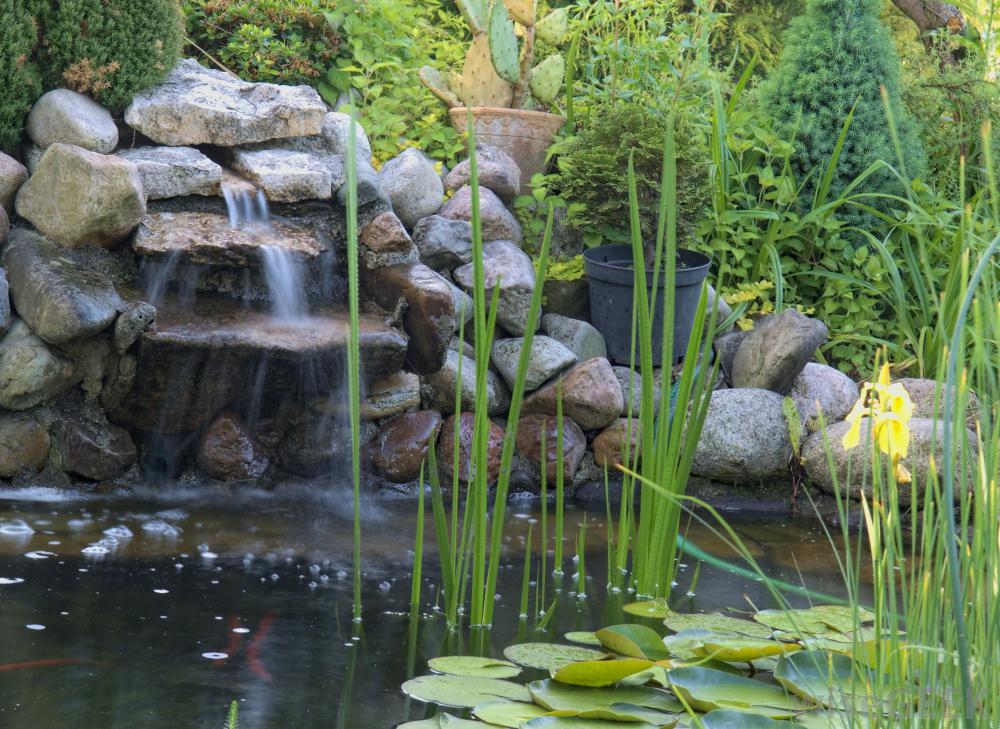
Garden Tips: Adding a Water Feature for Spring
Garden Tips – Anyone who gardens feels like their garden is their sanctuary. It’s a little slice of quiet and a space of tranquility and relaxation. It’s where you go to unwind from the day and let all the stress disappear as you tend to nature. What could make it better?
Well, there is one thing: a water feature.
Adding water to your garden is like adding a touch of magic. It’s a soothing and calming presence, both from how it looks and how it sounds. There’s nothing quite like relaxing in your garden listening to the quiet sound of moving water to make you feel completely at ease.
If you want to transform your garden and add a water feature, choosing the right one might be a bit overwhelming. There’s a lot to consider from a design standpoint, but also a practical one, as there could be issues along the way you should be prepared for.
Here is a guide with tips on adding a water feature to your garden in time for spring.
Decide on your aesthetic – Garden Tips
Before you start looking at water elements, you should decide what kind of look you want for your garden. Are you keen on something more formal, like a straight-edged pool with a fountain in the middle, or something more playful, like a koi pond or raised round pond?
You should also decide where it’s going to go, as that will affect the design you choose. If you’re installing it closer to your house, it should harmonise more with the architecture. If you’re putting it further from home, you have more creative freedom to play around with.
Choose a feature for your water element
Once you’ve decided on what kind of water element you want to put it, whether it’s a raised pond, sunken pool or a pool with fish inhabitants, you can add another item to it with a water feature. Water-garden.co.uk has a selection of dancing water features, floating fountains, classic fountain nozzles, or even pond-less fountains for you to choose from.
Consider the plants surrounding your water feature
Of course, any gardener wants to landscape their garden and make it look pleasing to the eye. The plants surrounding your new water element should complement the design and help make everything look cohesive, but they also serve a more important role than just being ornamental. They help maintain a natural balance for your pond and any life that’s within it so that your pond life can thrive.
When planting up your pond, you should understand the four categories of plants that work best near water. Water lilies help reduce the surface area of the pond and provide shade for the pond inhabitants. Water violets are an example of an oxygenising plant, which works to release oxygen and provide food for fish living in your pond. Moisture-loving plants like hostas, ferns and astilbes, thrive in wet, marshy areas, but don’t want their roots in water, so they do best back from the water’s edge.
Alternatively, marginal plants, like arums, marsh marigolds, and irises, love having their roots emerged in water and do best growing along your pond’s edge. Be sure to keep them contained in baskets, so they and the surrounding soil doesn’t get washed away.




